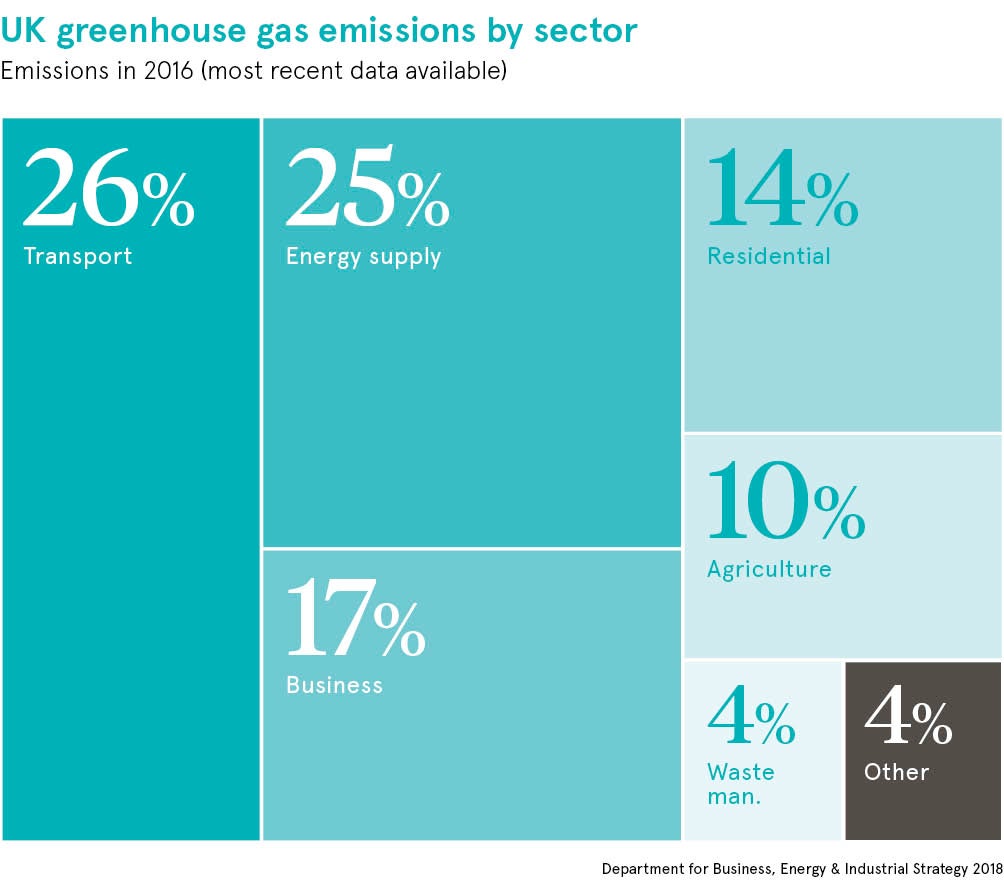Good or bad, asset management has an effect on the environment and is also affected by it. The impacts and implications are inescapable – the risk is real.
In short, climate change is on the table, says David McKeown, chief executive of the Institute of Asset Management. “It is on the table because companies have risk registers,” he says. “Insurers have to look at real risks; it doesn’t matter about the politics, you actually have some facts. Climate change is a clear and present risk.”
For Dr Mark Brown, development director, consulting and rail, at Amey, asset management and environmental sustainability are bound together in resource optimisation. “The two are almost joined at the hip,” he says. “They are intimately related, although different, in that a lot of benefits from asset management come through better energy efficiency.”
Whole-life logic also links the two disciplines, says Ben Smith, director of energy, cities and climate change consulting at Arup. “Asset managers should be well placed to deliver positive sustainability outcomes, because they manage the asset through design, construction, commissioning and operation,” he says. “They should be able to take a longer-term view.”
Driving the environmental agenda most at present, though, is responsible investment, says Mr Smith: “I think the real step-change comes from the trickledown effect of changes to investment criteria. There is an increased focus around the world on ESG [environmental, social and governance].”
The investment community is starting to see the opportunities in environmental asset management, agrees Dr Lisa Schopohl, lecturer in finance at the ICMA Centre, Henley Business School. “The majority of asset managers regard environmental issues primarily from a risk perspective, especially climate change, toxic releases and water scarcity,” she says. “However, I see scope for approaching sustainability as an opportunity.”

According to Dr Schopohl, more and more investors want to see their capital invested to generate environmental impact. Though the volume of impact investments might still be comparably low, recent growth is strong and set to continue.
Paul Crewe, executive director and chief sustainability officer at Anthesis, witnessed this investment effect first-hand in his previous experience as head of sustainability at Sainsbury’s.
“The Global Reporting Initiative, Task Force on Climate-related Financial Disclosures and European Union Non-Financial Reporting Directive mean investors are more aware than ever how sustainability can not only help manage risk, but create real commercial value,” he says.
Despite discernible trends, specifics can vary considerably case to case and place to place, says Christoph F. Biehl, lecturer in accounting, also at Henley. “The order of priority for ESG seems to be governance, then environmental and social – GES,” he says. “However, this varies depending on geography. In Japan, for instance, environmental traditionally plays an important role. This is a reaction to environmental exploitation during rapid growth.”
Mr Biehl adds that China, while pioneering sustainable finance for asset owners as the world’s biggest issuer of green bonds, may also face future environmental pressures. “China will have to move rapidly regarding pollution in the east of the country and desertification in the west,” he says.
The UK has already set precedents for political wrong turns, observes Amey’s Dr Brown. “The obvious one is diesel power on road and rail, which is a great example of misplaced government policy,” he says. “We were all chasing carbon targets and totally overlooked the impact of nitrates and particulates – we didn’t understand the science.”
The upshot, which Dr Brown dubs “a bit of an inconvenient truth”, is a transport sector lumbered with an increasingly unsustainable asset portfolio of diesel fleets, giving rise to “both impact of particulates on your neighbour and impact of carbon on the polar bears”.
An economist by background, Dr Brown advocates a fiscal fix. He says: “Price pollution, price emissions and you will be surprised just how innovative and creative the market can be.”
Sectors already innovating are property and construction. Smart and intelligent buildings such as The Edge in Amsterdam or new Bloomberg headquarters in London are delivering significant savings, in both resource efficiency and operating costs, making climate-resilient real estate a win-win.
Ensuring buildings are designed for deconstruction and that components can be reused or recycled at the end of their life is another area of interest. The EU-funded Buildings as Material Banks project, for example, is developing “materials passports” to retain and transfer the value of the constituent parts.
Attention to circularity is on the rise, albeit overdue, says Susan Harris, technical director at Anthesis. “The built environment is the sector with the largest materials flows and the importance of embracing the circular economy is increasingly recognised within asset management,” she says.
Going circular, however, calls for a rethinking of carbon as more than simply something to cut, argues Martin Brown, sustainability consultant at Fairsnape, UK ambassador for the Living Building Challenge and author of FutuREstorative.
“To meet global, national and organisational targets, carbon has become a key element in today’s asset management,” he says. “We may, however, be beating ourselves up by focusing only on carbon reduction, reduction, reduction. We need to reimagine carbon and, in doing so, effectively lock it back into natural ecosystems and our assets.”
Locking-in produces what American designer and sustainable thought-leader William McDonough labels “durable carbon”, as found in building and infrastructure elements that last for generations, forming part of longer-term circular-economy strategies. Reimagining carbon in this way also helps address multiple United Nations sustainable development goals.
It is this more systemic approach to environmental issues that promises the best defence going forward against the twin enemies of sustainability: share-price short-termism and political expediency. For asset managers, it is time to join the dots.

